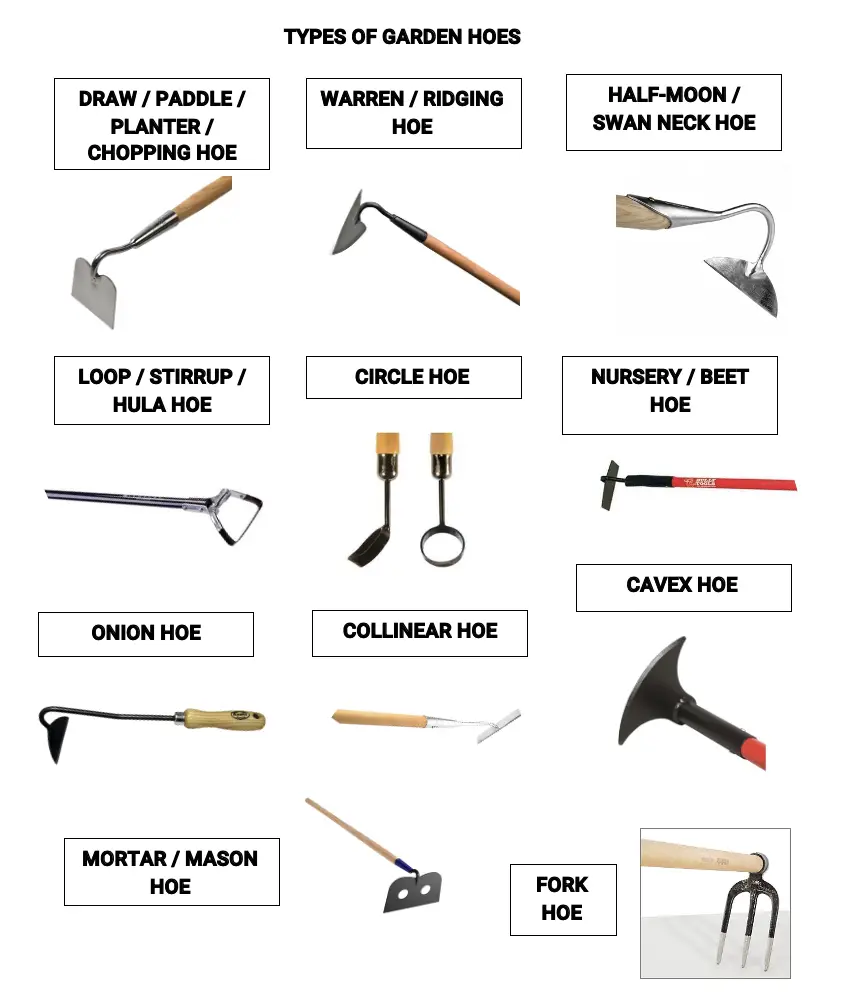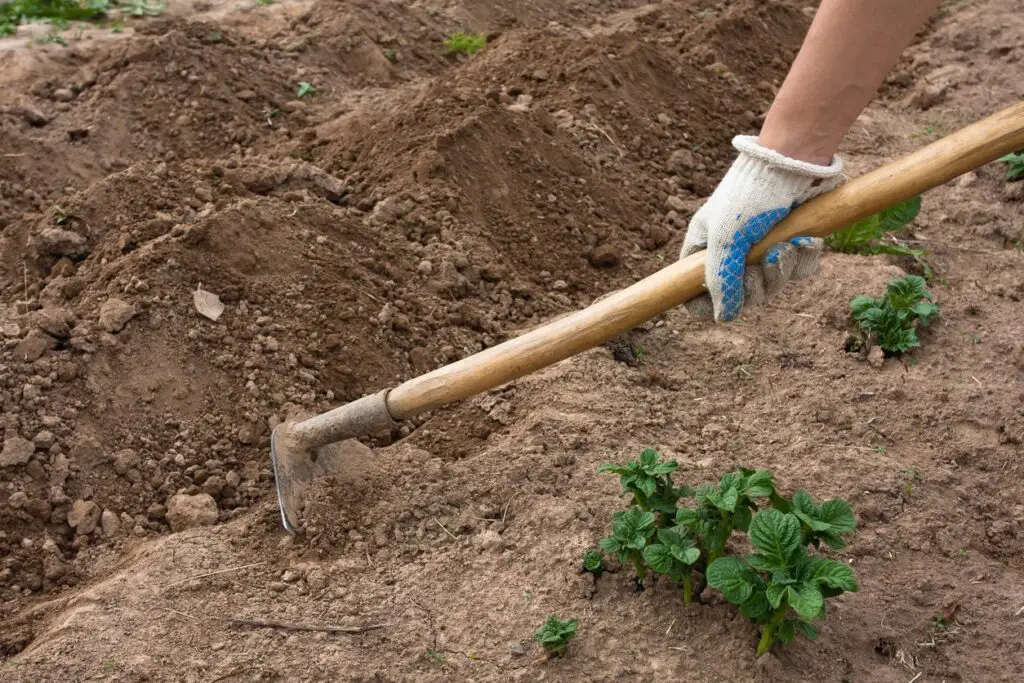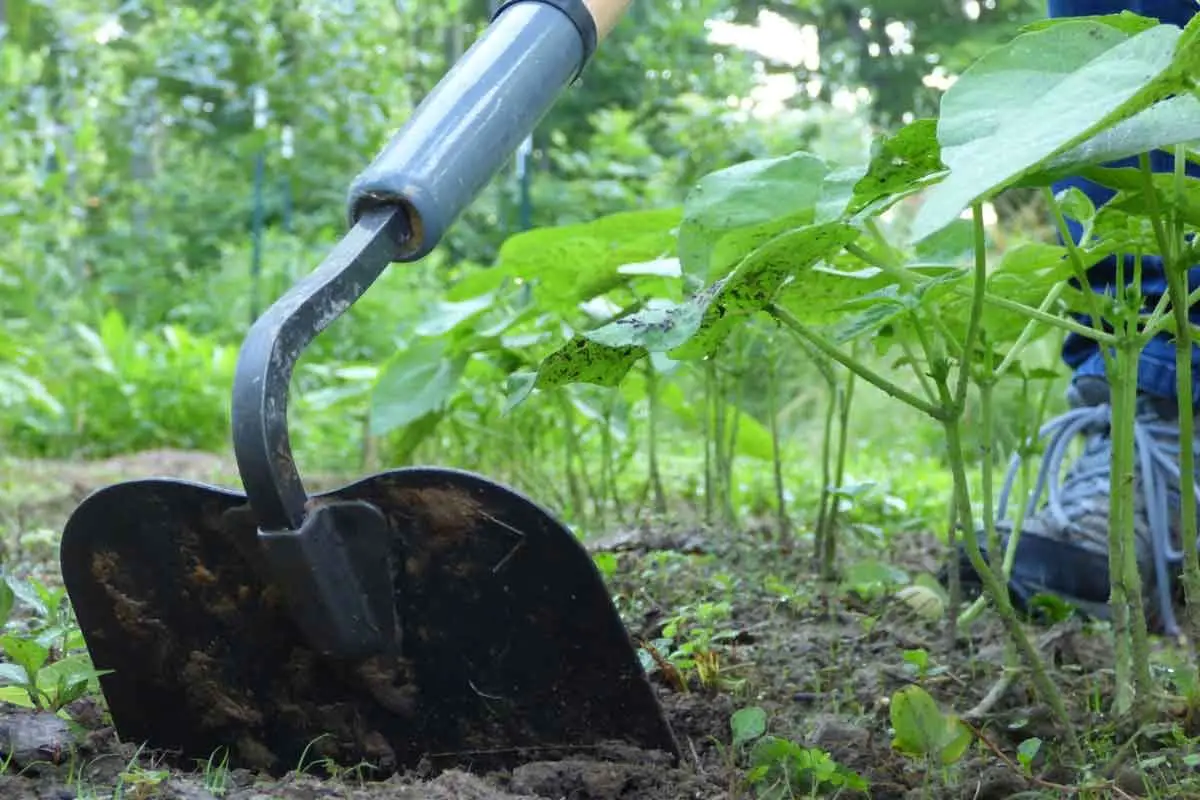This post may contain affiliate links which means I may receive a commission for purchases made through links. Learn more on my Private Policy page.
Are you a farmer looking to find the perfect hoe for your farm? Selecting the right type of hoe can make a world of difference in your farming experience. With so many options available, it can be overwhelming to figure out which one will best meet your needs. Whether you are tending to a small garden or managing a large-scale farm, this article will guide you through the factors to consider when choosing the right hoe for your farming needs. From handle length to blade width, we’ve got you covered. So, let’s dive in and discover the perfect hoe for you!

This image is property of bullytools.com.
Types of Hoes
When it comes to farming and gardening, having the right tools is essential for success. One such tool that every farmer or gardener should have in their arsenal is a hoe. Hoes are versatile tools that can be used for various tasks such as breaking up soil, weeding, and cultivating. However, with so many different types of hoes available on the market, it can be overwhelming to choose the right one for your specific needs. In this article, we will explore the different types of hoes available and provide you with a comprehensive guide to help you select the right hoe for your farm.
Hand Hoe
The hand hoe, also known as the handheld hoe, is a small and lightweight tool that is perfect for individuals who enjoy gardening on a smaller scale. This type of hoe is designed to be held and used with one hand, making it easy to maneuver in tight spaces. The hand hoe typically has a short handle and a small, sharp blade. Its compact size allows for precise weeding and cultivation, making it ideal for maintaining flower beds, vegetable gardens, and container plants.
Draw Hoe
If you have a larger farm or garden area and need a hoe that can cover more ground, then a draw hoe may be the right choice for you. The draw hoe, also known as the chopping hoe, features a long handle and a flat, rectangular blade. This design allows for efficient cultivation and weed removal over larger areas. The draw hoe is typically used by pulling it towards you, slicing through the soil and cutting down weeds as you go. This type of hoe is particularly effective for breaking up clumps of soil and preparing garden beds for planting.
Scuffle Hoe
The scuffle hoe, also known as the hula hoe or stirrup hoe, is a unique tool that is ideal for removing weeds from larger areas. Its distinctive design features a loop-shaped blade that is attached to a long handle. To use the scuffle hoe, simply push and pull it back and forth while walking in a sweeping motion. This action allows the blade to cut through the soil, uprooting weeds in its path. The scuffle hoe is especially popular among gardeners and farmers who are looking for an easy and efficient way to control weeds without disturbing the soil too much.
Warren Hoe
The warren hoe, also known as the push hoe or action hoe, is another versatile tool that is commonly used in farming and gardening. This type of hoe features a paddle-shaped blade that is attached to a long handle at a right angle, creating a T-shape. The warren hoe is designed to be pushed or pulled through the soil, slicing through weeds and loosening the top layer of soil. This action not only helps to control weeds but also aids in seedbed preparation and soil aeration. The warren hoe is a great all-around tool that can be used for both weeding and cultivating.
Dutch Hoe
The Dutch hoe, also known as the scuffle or push-pull hoe, is a popular choice among farmers and gardeners alike. This type of hoe features a long, flat blade that is sharpened on both sides and attached to a long handle. The Dutch hoe is designed to be pushed and pulled through the soil, effectively cutting down weeds as it goes. Its versatile design allows for both shallow and deep weeding, making it suitable for various gardening tasks. Additionally, the Dutch hoe can be used for cultivating, as its flat blade is effective at breaking up clumps of soil and creating a smooth surface for planting.
Stirrup Hoe
The stirrup hoe, also known as the scuffle or action hoe, is a popular choice for individuals who are looking for an efficient and easy way to remove weeds. This type of hoe features a loop-shaped blade that is attached to a long handle. To use the stirrup hoe, simply push and pull it back and forth while walking in a sweeping motion. The blade of the hoe cuts through the soil, uprooting weeds in its path. The stirrup hoe is particularly effective for larger areas and is less strenuous on the body compared to traditional hand hoes.
Collinear Hoe
The collinear hoe, also known as the hula hoe or action hoe, is a versatile tool that is suitable for various gardening tasks. This type of hoe features a loop-shaped blade that is attached to a long handle. The collinear hoe is designed to be pushed and pulled through the soil, effectively cutting down weeds as it goes. Its unique design allows for both shallow and deep weeding, making it suitable for different types of crops and planting methods. Additionally, the collinear hoe can be used for cultivating, as its blade is effective at breaking up clumps of soil and creating an even surface for planting.
Adze Hoe
The adze hoe is a specialized tool that is typically used for heavy-duty tasks such as breaking up compacted soil and removing roots. This type of hoe features a broad, adze-like blade that is attached to a long handle. The adze hoe is designed to be swung in a chopping motion, allowing the blade to penetrate deep into the soil. Its heavy-duty construction makes it ideal for tackling tough gardening and farming jobs. However, due to its weight and size, the adze hoe may not be suitable for individuals with limited physical strength or mobility.
Hula Hoe
The hula hoe, also known as the stirrup or scuffle hoe, is a versatile tool that is suitable for various gardening tasks. This type of hoe features a loop-shaped blade that is attached to a long handle. To use the hula hoe, simply push and pull it back and forth while walking in a sweeping motion. The blade of the hoe cuts through the soil, uprooting weeds in its path. The hula hoe is particularly effective for larger areas and is less strenuous on the body compared to traditional hand hoes. Its unique design allows for efficient and easy weeding, making it a popular choice among gardeners and farmers.
Considerations for Selecting the Right Hoe
Now that you are familiar with the different types of hoes available, it’s important to consider a few factors before making your final decision. The following considerations will help you select the right hoe for your specific needs:
1. Farm Size and Layout
The size of your farm and the layout of your garden beds will dictate the type and size of hoe that is most suitable for your needs. If you have a small farm or garden area, a handheld hoe or hand hoe would be sufficient. However, if you have a larger area to cover, a draw hoe or scuffle hoe would be more efficient.
2. Soil Type and Conditions
The type of soil you have on your farm will also play a role in determining the most suitable hoe. For example, if you have clay or compacted soil, a hoe with a sharp blade may be more effective at breaking up the soil. On the other hand, if you have loose or sandy soil, a hoe with a wider blade may be more suitable for cultivating.
3. Crops and Planting Methods
Consider the types of crops you will be growing and the planting methods you will be using. Different hoes are designed for different types of tasks, such as weeding or cultivating. Select a hoe that is specifically designed for the tasks you will be performing to ensure maximum efficiency.
4. Weeding Preferences
Some gardeners prefer to remove weeds by cutting them at the soil surface, while others prefer to uproot them entirely. Consider your weeding preferences and select a hoe that aligns with your preferred method. For example, a scuffle hoe is ideal for cutting weeds at the surface, while a draw hoe is better for uprooting weeds.
5. Physical Strength and Comfort
Take into consideration your physical strength and comfort when selecting a hoe. Hoes with longer handles may be more comfortable for taller individuals, while hoes with shorter handles may be easier to maneuver for individuals with limited strength or mobility.
6. Budget and Affordability
Hoes come in a wide range of prices, so it’s important to set a budget and stick to it. Consider the features and quality of the hoe when comparing prices to ensure you are getting a good value for your money.
7. Durability and Maintenance
Hoes are tools that will be used often, so it’s important to invest in a durable and long-lasting hoe. Look for hoes made from high-quality materials that are resistant to rust and corrosion. Additionally, consider the maintenance requirements of the hoe, such as sharpening or replacing the blade.
8. Additional Features and Attachments
Some hoes come with additional features or attachments that can enhance their functionality. For example, some hoes may have adjustable handles or interchangeable blades. Consider whether these additional features are necessary for your specific needs.
9. Local Availability
Check the availability of different types of hoes in your local area. Some hoes may be more readily available than others, which can impact your purchasing decision. Additionally, consider the availability of replacement parts or accessories for the hoe you choose.
10. Expert Recommendations
Lastly, don’t hesitate to seek advice from experts in the field. Reach out to seasoned farmers or gardeners who have experience with different types of hoes and ask for their recommendations. Their insights and advice can be invaluable in selecting the right hoe for your farm.
By considering these factors and taking the time to evaluate your specific needs, you will be able to select the right type of hoe for your farm. Remember that having the right tool for the job can make all the difference in achieving success in your farming or gardening endeavors. Happy hoeing!

This image is property of www.gardeningknowhow.com.
This post may contain affiliate links which means I may receive a commission for purchases made through links. Learn more on my Private Policy page.

